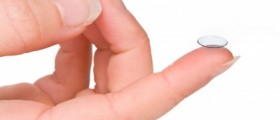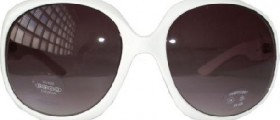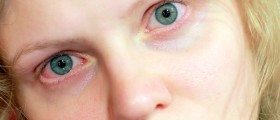
Contact lenses are worn by a large number of people everywhere around the world. In spite of many people being satisfied with their lenses, there are still some who experience certain types of problems induced by wearing contact lenses. The lenses are known for causing significant changes in the carbon dioxide levels, oxygen levels, tear production, turnover and structural changes in the cornea.
The aforementioned changes may often lead to further medical complications. These problems are related to various factors such as cleaning systems used for the lenses, the frequency with which the lenses are changed and the type of lenses themselves. Problems may vary greatly in terms of severity.
There are also various predisposing factors when it comes to problems triggered by wearing contact lenses. These factors include systemic diseases, the normal process of aging, surgeries, traumas, suppression of the immune system, smoking, prolonged wearing of the lenses, wearing the lenses overnight, allergic conjunctivitis, atopic conjunctivitis, blepharitis and eye dryness.
A person needs to ask oneself if his or her eyes look good, if they feel good and if his or her vision is normal. Any negative answers to such questions require the lenses to be removed. The problem with the contact lenses may be associated with the lenses themselves but it may also be connected to corneal or conjunctival problems as well.
Problems with the lens itself
If the lenses do not fit well, they may cause significant damage to the eyes. Tight fitting lenses usually tend to gradually feel uncomfortable, while loose lenses lead to decentration and increased awareness of the lenses themselves. The lenses always need to be cleaned properly otherwise there may be accumulation of lipid and protein deposits on the lenses.
The deposits often trigger impaired visual acuity and irritation of the cornea. Hand cream, smoke, make-up and hairspray may also damage the surface of the lenses. Soft lenses may also sometimes get spoiled or damaged. The most common forms of damage involve chips, cracks and tears. The lenses may also sometimes get warped due to excessive squeezing.
Those who wear contact lenses tend to have a much more reduced blink rate than people who do not wear contact lenses. This may often lead to the drying of the lenses and the development of certain medical condition called corneal hypoxia.
Corneal problems
The most common corneal problems include microbial keratitis, contact lenses induced red eye, contact lenses associated infiltrative keratitis, corneal hypoxia, tight lens syndrome, mechanical injury and superficial punctuate keratitis.

















Your thoughts on this
Loading...